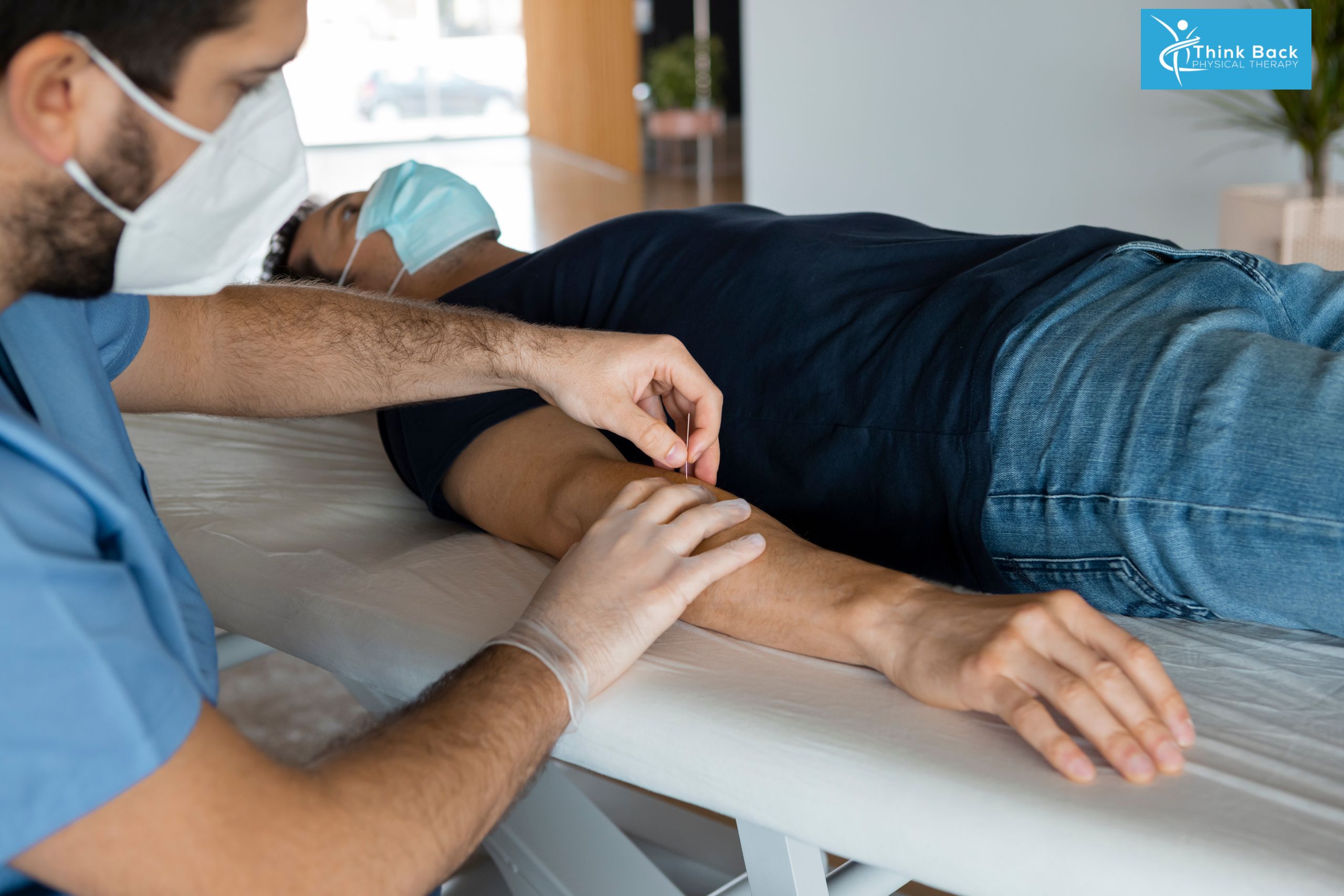Benefits Of Dry Needling
Dry needling is a very effective technique that is becoming really popular in the field of physiotherapy and pain management. This procedure typically involves inserting very thin needles into specific trigger points throughout the body, targeting muscle tension, pain, and dysfunction.
However, it is similar in appearance to acupuncture, dry needling is based on different principles and aims to provide several benefits for those individuals who are looking for relief from musculoskeletal problems.
What Are The Benefits Of Dry Needling?
You are going to understand the crucial benefits of dry needling.
Pain Relief
One of the primary reasons why people prefer to choose dry needling is for pain relief.
By working on trigger points or knots in the muscles, this technique can help reduce pain arising from a variety of sources such as sports injuries, muscle strains or chronic conditions such as fibromyalgia.
This process typically triggers the body’s natural response to stress, healing and relieving tension, reducing discomfort.
Improved Muscle Function
Dry needling also works to enhance muscle function by targeting trigger points within the muscles.
Through precise penetration of the needles, it helps to relieve tension, reduce muscle stiffness and improve blood circulation.
This process helps restore proper muscle flexibility, optimize range of motion, and enhance overall muscle performance. By addressing specific areas of concern, dry needling helps the body overcome dysfunction, helping individuals improve their mobility, strength, and muscle function.
Faster Recovery
Dry needling helps to increase the speed of recovery by stimulating the body’s natural healing response. Inserting fine needles into trigger points will help to repair tissues, reduce muscle spasms, and reduce inflammation.
When you use a dry needling process, it helps blood flow better and releases natural pain-relieving substances which are called endorphins from your body. With this therapeutic approach, the body heals faster.
Integrating dry needling into treatment plans helps speed recovery from injuries, reduce downtime, and restore functionality allowing individuals to return to their daily activities with improved physical health in a shorter time frame.
Reduction In Chronic Pain Conditions
Dry needling works to reduce chronic pain by targeting specific trigger points that are responsible for body discomfort. Through precise insertion of needles in these areas, it controls the body’s pain response, reducing pain sensation.
This effective technique helps to promote the release of the body’s natural pain-killing endorphins, as well as improving blood flow and relaxing tight muscles.
By understanding the underlying causes of chronic pain, such as musculoskeletal issues or nerve sensitivity, dry needling provides relief and improves the overall quality of life for those individuals who are struggling with persistent pain conditions.
Minimized Dependence On Medication
Dry needling reduces drug dependency by resolving musculoskeletal problems without drug intervention. Using tiny needles at certain points in your body helps your body get relief from your pain. This simply means that you don’t have to take as much as medicine to deplete pain.
This drug free approach provides an alternative or complementary method to conventional medications for managing musculoskeletal pain.
Incorporating dry needling into treatment plans potentially reduces reliance on medications, providing a non-pharmacological option for pain relief.
Enhanced Range Of Motion
Dry needling improves the range of motion by relieving tension in the targeted muscles. Inserting fine needles into trigger points helps relax muscles, reduce stiffness and increase stiffness.
This procedure helps to get better joint mobility, increasing the range of motion. By addressing muscular restrictions, dry needling enables improved movement, posture and functionality, ultimately helping to improve physical performance and reduce the risk of further injury.
Conclusion
Dry needling, when administered by qualified healthcare professionals, can provide several benefits for individuals who are struggling with musculoskeletal problems.
Its ability to target specific areas of concern and promote natural healing processes makes it a valuable addition to treatment plans for pain management, rehabilitation and improved physical performance.
Similar to any medical procedure, it is vital to consult with a healthcare professional to determine whether dry needling is suitable for individual needs and conditions.


